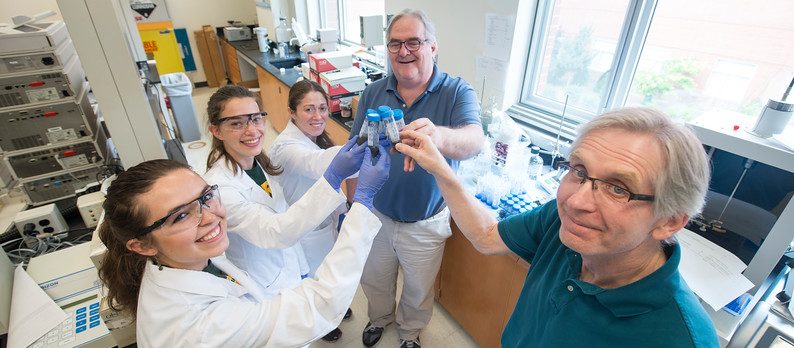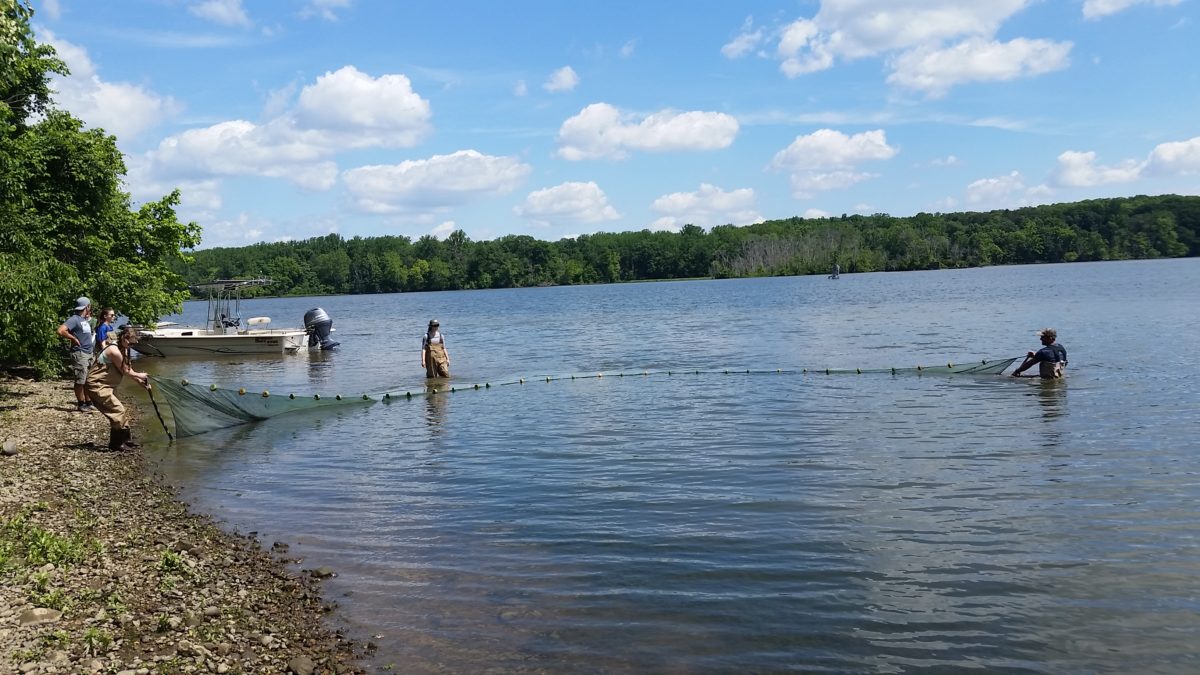Written by: Tabitha King

What if I told you fish could potentially be ingesting caffeine, pain medicine, and other pharmaceuticals on a daily basis? You may be wondering how this is possible since fish do not regularly visit the pharmacy to pick up their prescriptions. However, there is a growing concern amongst scientists and other stakeholders that the very medications we are taking (even common allergy relievers) are not being removed during wastewater treatment. Current regulations placed on wastewater treatment plants do not require the removal of such substances. To make matters worse, if a treatment plant was to take on the task of removing pharmaceuticals from their customers’ sewage, there are new compounds made on a daily basis. Each chemical would require a unique form of effective removal to ensure at least a majority is removed before treated water is discharged into local waterways. It is currently not known at what amounts of these medications are making their way into our local waterways and accumulating in aquatic organisms and sediment.




